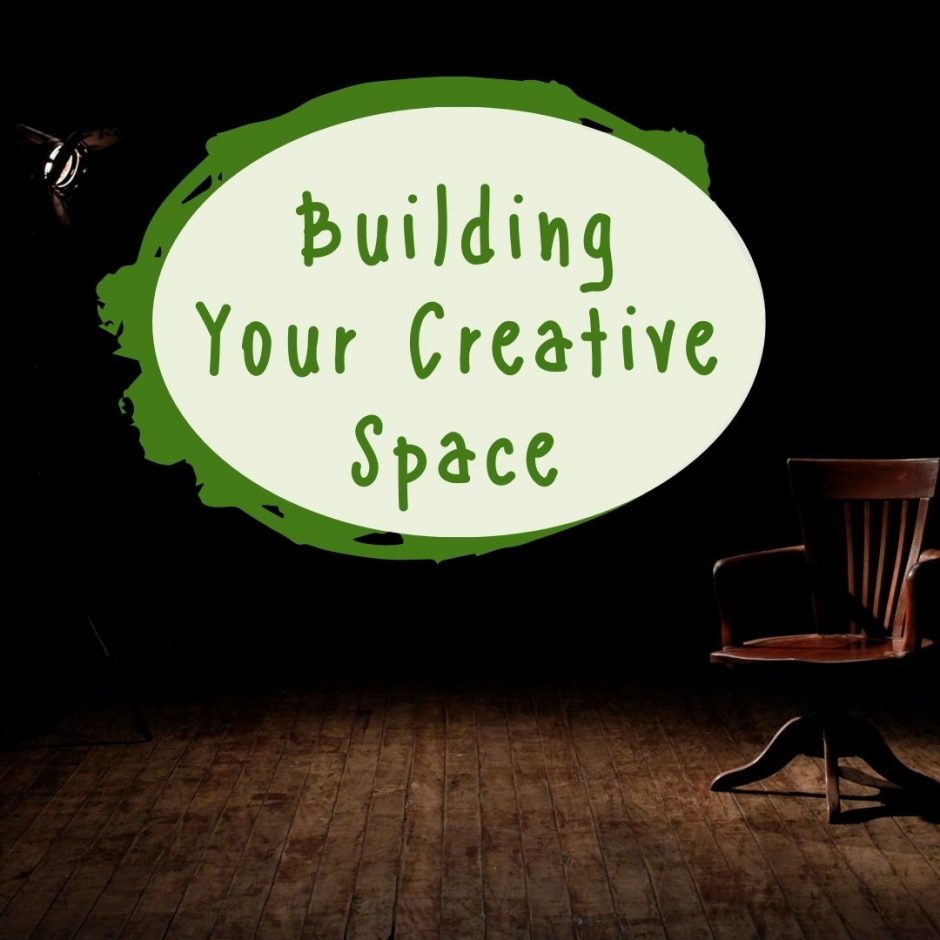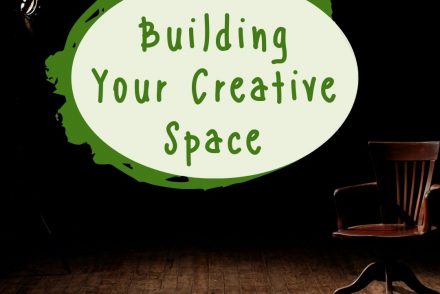It starts innocently enough. You’re scrolling through Pinterest or Instagram, and suddenly, you’re obsessed with that dreamy writing nook: soft lighting, stylish stationery, maybe even a curated shelf of color-coordinated books. Before long, you’re deep into do-it-yourself (DIY) guides and carting rattan organizers into your online shopping basket. If you’ve ever been there, you’re not alone.
Creating a space that inspires you by focusing on soundproofing or selecting the perfect décor is a worthy goal. However, when office aesthetics become the main focus, your writing can take a backseat. The truth is, your beautiful desk won’t finish your draft. Let’s talk about how to make your writing space work for you — not just look good.
If Your Space Looks Great but You’re Not Writing…
If you’ve ever spent an hour rearranging your desktop items or prioritized lighting with that special candle before “getting into the zone,” you might be using setup rituals to avoid actual writing. It’s a common trap, so don’t worry. While a certain level of routine can help signal it’s time to work, there’s a point where preparation becomes avoidance.
That endless hunt for the perfect lamp or the cutest notepad might feel like productivity, but it’s often creative procrastination. Buying one more mug isn’t the same as writing one more chapter. It’s easy to get caught up in the look of things, especially when social feeds reward aesthetics with likes and saves.
Lately, the “writer aesthetic” has become its own online trend with mugs of tea, flickering candles, moody lighting, and overhead shots of tidy desks. It’s easy to get swept up in curating a vibe that looks like writing, especially if you’re sharing your space online. However, that identity-building doesn’t always translate into habit-building, and no aesthetic can replace the work of showing up consistently.
You’re not lazy or undisciplined. You’re navigating a culture that equates success with appearances. Recognizing that is the first step to reclaiming your writing time.
Why “Getting Ready To Write” Isn’t the Same as Writing
There’s a difference between preparing to write and actually writing. Adjusting your desk, organizing pens, or tweaking your calendar layout can feel productive, but it’s not helping you progress toward a deadline.
Perfectionism loves to hide in the preparation phase. Social media trends — like “Sunday resets” or elaborate desk setups — can trick you into thinking your environment has to be perfect before beginning to write. That mindset often leads to overspending and underproducing.
Start noticing when you’re stuck in “creative procrastination” mode. Are you atually setting up for a focused writing session, or are you trying to soothe the discomfort of starting something hard? Maybe you’ve become aware that you’re romanticizing the idea of being productive with glitzy pens and stylized notebooks, crossing out to-do tasks and adding cutesy flair to the oh-so-important goals you write for yourself — yet after all that prep, you aren’t getting anything done. This self-awareness will help you shift back into your creative process.
What Helps You Get Words on the Page
Focus on getting practical with your efforts. You don’t need a designer setup; you need a productive writing environment. Start with good lighting that won’t strain your eyes, a chair that supports your back, and tools like noise-canceling headphones or a timer within reach. Frictionless workspaces beat visual flair every time.
Minimizing distractions is key. That includes clearing visual clutter, such as accumulated papers or mail and half-full coffee or water cups, and reducing or avoiding noisy environments. Some great ways to reduce unwanted noise in your home are focusing on soundproofing doors, walls, and windows. Try single, double, or triple-pane glass windows to eliminate noise pollution and focus on updating the weather stripping around doors. You could even rearrange furniture, like bookshelves, to reduce echo or outside sound.
More importantly, build your space around your creative flow. Some writers need natural light, others crave a cave-like hideout. There’s no one-size-fits-all. Ignore trends and find what works for you.
If you’re not sure where to begin, start simple. Ask yourself whether:
- You can sit comfortably in your chair for at least an hour;
- Your lighting is soft but strong enough to keep you alert;
- Your tools and technologies are close at hand, not buried in drawers or scattered around the room.
If the answer’s no, make addressing that issue your first fix before adding anything purely aesthetic to your space.
How To Reclaim Your Space (Without Killing the Vibe)
Start with a quick audit. Find what actively supports your writing in your space, and set it apart from what’s just there for the vibes. That framed quote you love — keep it. But maybe it’s time to let go of that box of washi tape you haven’t touched in six months.
You don’t need to toss everything cute. Just incorporate balance into your writing space. Maybe it means swapping out useless clutter for one or two mood-boosting items. Or reworking your layout so essentials are front and center and eye-catching items don’t get in the way.
And yes, you can keep up with trends without overspending. Don’t go into debt for appearances’ sake. You can snag killer deals with a little patience and an eye for vintage or hand-me-down items. Trends are cyclical. Don’t knock what you can find at a garage sale or thrift store.
However, if you absolutely can’t wait to get your hands on that new thing, hold yourself accountable to a budget and research deals before committing to the purchase. You might find that that stylized charging port and LED desk lamp combo you’re fawning over is less expensive on one website than on another. As always, you should work on paying off any debt you already have before making luxury or trendy purchases.
Conclusion
Your creativity ultimately isn’t driven by whether your bookshelf is color-coded or if your desk plant is real. Focus on showing up ready to write, eliminating distractions, and honoring your time and attention. Don’t forget to be patient with yourself on days when words come slowly. A good-looking space might draw you in, but only your habits and mindset will get the writing done. Progress is what builds a writing lifestyle.
Start messy. Stay focused. Write anyway. The perfect desk can wait.

Amanda Winstead is a writer from the Portland area with a background in communications and a passion for telling stories. Along with writing she enjoys traveling, reading, working out, and going to concerts. If you want to follow her writing journey, or even just say hi you can find her on Twitter.





No Comments